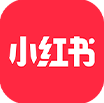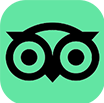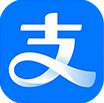Traditional Chinese Medicine
Chinese medicine, also known as Traditional Chinese Medicine (TCM), is an ancient comprehensive medical system spanning thousands of years of history and experience. It includes theories such as the balance between yin and yang, the circulation of qi and blood, and the meridian system.
Western medicine, on the other hand, refers to modern medicine based on the scientific principles of anatomy, physiology, biochemistry, and other Western scientific disciplines.
The root of Chinese medicine dates back to ancient primitive societies, where people observed and summarized phenomena related to health and illness, and used plants, animals, minerals and other natural resources to treat diseases.

The essence of Chinese medicine lies in its holistic approach, considering the individual as an organic whole closely related to changes in nature. Its central theory is the doctrine of yin and yang and the five elements, which interprets diseases as manifestations of imbalances between these principles.
In terms of scientific evidence, Chinese medicine is mainly based on clinical observation and experience accumulated over centuries, although it still faces limitations and challenges in terms of scientific support.
Chinese medicine represents the accumulated wisdom and experience of ancient China, and has unique value and meaning. We should adopt a positive attitude towards Chinese medicine, understanding and respecting its culture, and recognizing its complementarity with Western medicine rather than denying it completely.
As for treatment, Chinese medicine diagnostic methods include observation, auscultation, interrogation, and pulse palpation, while treatment methods include Chinese herbal medicine, acupuncture, tuina (therapeutic massage), cupping, and gua sha (scraping).
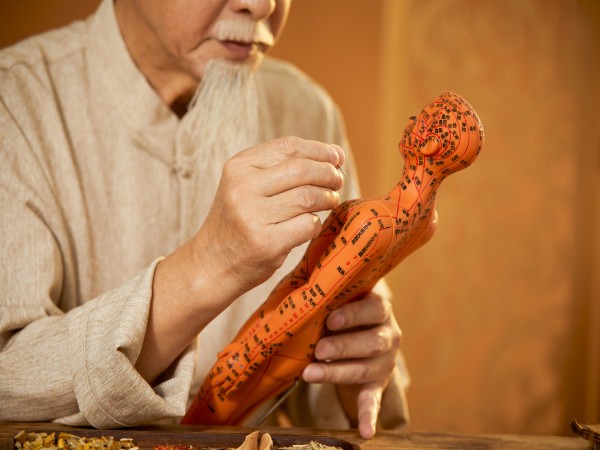
Differences between traditional Chinese medicine and Western medicine
The theoretical bases are different: Chinese medicine is based on theories such as yin and yang, the theory of the five elements, the theory of qi and blood, and the meridian system, while Western medicine is mainly based on modern scientific principles such as anatomy, physiology and biochemistry.
Diagnostic methods differ: Chinese medicine uses methods such as observation, auscultation, interrogation, and pulse to diagnose, while Western medicine relies on modern medical technologies such as laboratory tests, x-rays, and other medical imaging.
Treatment methods vary: Chinese medicine uses treatments such as herbal medicine, acupuncture, tuina massage, cupping and gua sha, while Western medicine uses treatments such as medications, surgery and radiation therapy.
The approaches are different: Chinese medicine focuses on personalization of treatment, disease prevention, balance and maintenance of overall health, while Western medicine focuses more on the diagnosis and treatment of diseases, making emphasis on etiology and pathology, as well as scientific evidence.
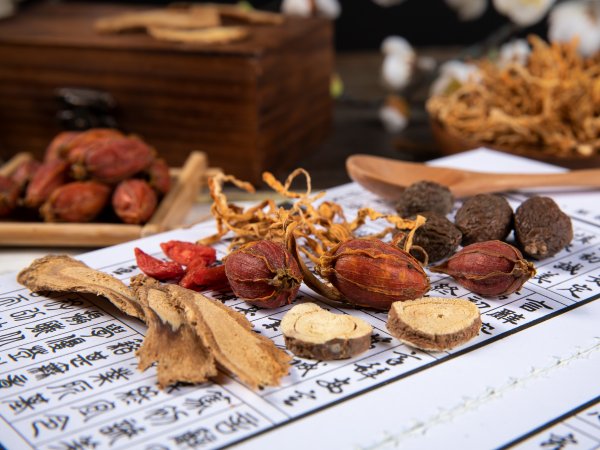
Theories of Traditional Chinese Medicine
- The theory of yin and yang: describes the relationship of opposition and unity between various phenomena and elements in nature and within the human body. Yin is associated with characteristics such as negative, passive, internal and cold, while yang is associated with characteristics such as positive, active, external and hot.
- The theory of the five elements: describes the changes and mutual relationships between various phenomena and elements in nature and within the human body. For example, the heart is associated with the element fire, which represents properties such as heat, activity and energy, while the element water can regulate excessive activity of the heart.
- The theory of qi and blood: considers qi and blood as fundamental substances to maintain the life and health of the human body. The flow of qi and blood is crucial for normal body functions, and different diseases manifest as qi and blood deficiency, imbalance, or blockage.
- The theory of organs and viscera: Chinese medicine divides the physiological functions of the human body into five organs (heart, liver, spleen, lung and kidney) and six viscera (gallbladder, stomach, large intestine, small intestine, bladder and triple heater), each with specific functions and mutual relationships.
- The theory of meridians: postulates the existence of a system of meridians that runs throughout the body, connecting the organs and viscera, and serving as channels for the flow of qi and blood, regulating the physiological activities of the body and disease states. .
- Diet therapy and care: Chinese medicine emphasizes the importance of diet in health, considering food as medicine and selecting suitable foods according to each individual's constitution and illness to strengthen the body's self-healing ability and prevent diseases.
Advantages and disadvantages of Chinese medicine
Advantages:
- Fewer side effects: Chinese medicines are usually made from natural herbs, which makes them have fewer side effects and reduces the likelihood of adverse reactions. Chinese medicine treatment methods such as herbal medicine, acupuncture and massage are relatively gentle.
- Holistic approach: Chinese medicine not only focuses on the symptoms, but also considers the underlying causes and the overall condition of the individual. This holistic approach helps restore balance to the body and mind.
- Prevention and health maintenance: Chinese medicine emphasizes prevention and health maintenance, promoting a comprehensive approach that includes lifestyle habits, diet and emotional management to prevent diseases and promote general well-being.
- Personalization of treatment: Chinese medicine adapts the treatment to the individual characteristics of each patient, taking into account their constitution, health conditions and causes of the disease. The variety of herbs available allows for greater flexibility in formulating treatments tailored to individual needs.
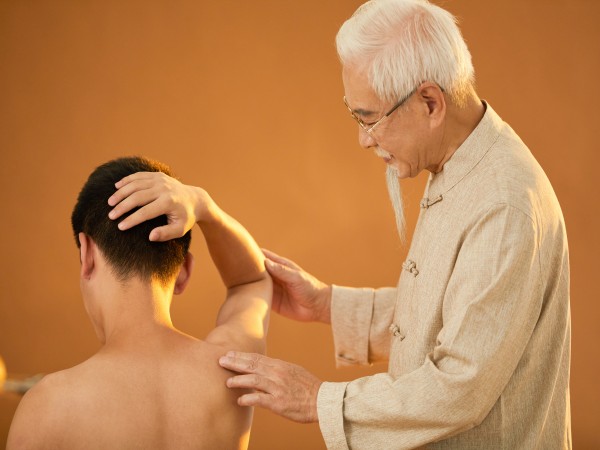
Disadvantages:
- Long treatment period: Chinese medicine generally requires a longer time to show results, especially in the treatment of chronic diseases. In comparison, Western medicine often provides faster and more direct results, especially in the treatment of acute illnesses.
- Lack of standardization and uniformity: Due to its focus on individuality, different doctors may adopt varied diagnostic and therapeutic approaches in Chinese medicine, which can lead to differences in treatment outcomes and a lack of standardization.
- Limitations in cases of emergency and serious illness: Chinese medicine treatment methods are more suitable for chronic diseases and functional disorders, and may not be as effective in situations of emergency, serious illness or trauma, where traditional approaches Western medicine is usually more effective.
Treatment Methods in Traditional Chinese Medicine
1.Phytotherapy: Natural herbs are used to treat diseases, these herbs contain multiple active ingredients that can help balance the yin and yang of the body, as well as improve the circulation of qi and blood to achieve the therapeutic purpose.
2.Acupuncture: Thin needles are inserted into specific points on the body to stimulate the meridians and regulate the flow of qi and blood, thus helping in the treatment of diseases. There are different forms of acupuncture, including meridian acupuncture, auriculotherapy, and hand acupuncture, among others.
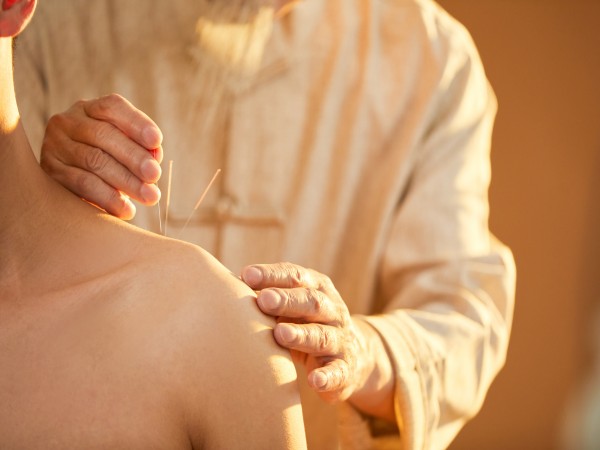
3.Cupping therapy: Cups are placed on the patient's skin and a vacuum is created inside them, which promotes the circulation of qi and blood, relieves congestion, relaxes muscles and relieves pain.
4.Therapeutic massage: Includes techniques such as pushing, gripping, pinching, kneading and pressure, which adequately stimulate acupuncture points, meridians and muscles to regulate the flow of qi and blood, thereby improving the condition of the patient.
5.Gua sha: It consists of scraping the patient's skin with a special tool to stimulate it and relieve the disease. This technique can improve qi and blood circulation, relieve muscle pain, and have other beneficial effects.

6.Diet therapy: Focuses on using an appropriate diet to balance the body and treat specific diseases. Some diseases can be treated or alleviated by selecting and preparing specific foods, such as strengthening the spleen and stomach, nourishing the lungs, detoxifying heat, and moisturizing and nourishing dryness, among others.
7.Topical application of herbs: Medicinal herbs are ground into powder or converted into ointments, and applied directly to the skin to treat diseases such as eczema, burns, and wounds, taking advantage of their penetrating and healing properties.
Books Related to Traditional Chinese Medicine
1."The Yellow Emperor's Canon of Internal Medicine": This is the oldest medical text in China and is considered the cornerstone and source of Chinese medicine. It contains a wide range of medical theories, the structure of the human body, diagnostic methods, treatment principles and health tips.
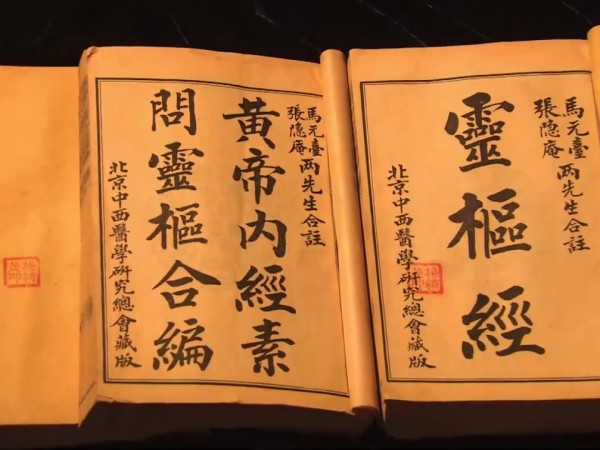
2."Treatise on Febrile and Miscellaneous Diseases": Written by Zhang Zhongjing, it is one of the classic works of traditional Chinese medicine. Even today, it remains one of the main basic courses in Chinese medicine schools, as it systematically analyzes the causes, symptoms, progression and treatments of febrile illnesses.
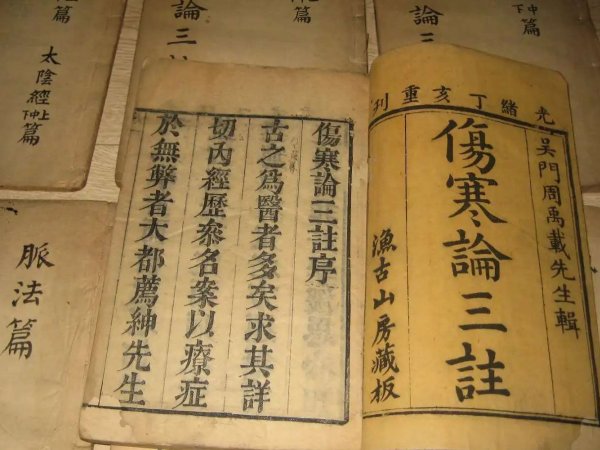
3."The Nàn Jīng": One of the first existing medical classics in China, written by Bian Que. It consists of eighty-one problems presented in question and answer format, covering topics such as pulse diagnosis, meridians, internal organs, yin and yang, causes of disease, pathogenesis, and symptoms.
4."Shennong's Classic of Materia Medica": It is one of the earliest pharmacological texts of ancient Chinese medicine, which records a wealth of information on medicinal herbs. It describes in detail the classification, effects, use and combination of Chinese medicinal herbs.
5."Compendium of Materia Medica" by Li Shizhen: This book compiles 1,892 herbs and more than 1,100 medicines of plant and animal origin. It is one of the most complete and systematic pharmacological works of its time, with detailed descriptions of each herb and plant.
Terms Related to Traditional Chinese Medicine
1.Pulse: Taking a patient's pulse is feeling the pulse (strength, speed, length) to obtain information about her physical condition. According to Chinese medicine, the state of the body's internal organs and meridian system can be reflected in the pulse.
2.Traditional Chinese doctor: Refers to elderly and experienced doctors in Chinese medicine, who have accumulated vast clinical and research experience over the years, and are experts in the treatment of various diseases.
3.Meridians: Channels through which qi and blood are believed to flow, connecting internal organs and providing a means for the circulation of nutrients and oxygen, as well as the elimination of waste and toxins, to regulate the balance of the body.
4.Clinical: Originally referred to the practice of doctors diagnosing patients at their bedside. It now refers to the process in which doctors diagnose, treat, and care for patients in their clinical practice.
5.Dampness: Refers to the abnormal accumulation of internal moisture or the invasion of moist external factors, which can cause imbalance in the body and symptoms such as muscle pain, joint pain, eczema and skin problems.
6.Secret formula: Specific treatment or medicinal recipe not revealed to the general public, generally possessed and transmitted exclusively by a doctor, pharmacist or heir to medicine.
7.Home remedy: Unique treatment used in traditional medicine, passed down in a specific community or family. The effectiveness and safety of home remedies often lack scientific support and clinical studies, so their use should be cautious.
8.Health care: Healthy practices and lifestyles to prevent diseases, improve the body's resistance and self-healing ability, and maintain physical and mental balance.
9.Difficult and diverse cases: Category of diseases or symptoms that are difficult to diagnose or treat due to complexity, which may involve multiple systems and organs and present a variety of symptoms and signs.
10.Rheumatism: Disease originated from the Chinese theory of evil wind, which is believed to enter the body through the wind, causing obstructions in the circulation of vital energy and meridians, leading to related diseases.
11.Pathology: Study of diseases, including their nature, causes, development and effects on the body.
12.Medical family: Families with generations of experience in Chinese medicine, passing on medical knowledge and practices over the years.
13.Medicinal formula: Combination of medicinal herbs according to a specific recipe, processed into different forms such as pills, powders or decoctions.




